Untouched Wildlands and Rare Wildlife: What Makes This Refuge a Natural Treasure?
Imagine a stretch of coastline where rolling dunes meet whispering pine-oak forests, and rare wildlife finds sanctuary as development creeps ever closer to their habitats. In Alabama, where the shoreline increasingly fills with condos, restaurants, and tourists, places like Bon Secour National Wildlife Refuge have never been more important. This refuge stands as one of the last untouched coastal oases, protecting some of the region’s most threatened species and landscapes.
Yet, even with its vital role in the ecosystem, many travelers and locals alike overlook this hidden gem or misunderstand its significance. Have you ever wondered what it takes to protect vanishing habitats and the creatures that depend on them? Behind the beauty of Bon Secour National Wildlife Refuge lies a story of resilience, stewardship, and natural wonder. As you walk its shaded trails or explore the vast dunes, you connect with a living legacy—a place where rare sea turtles nest, migratory birds rest, and every footstep helps shape the future of conservation. For anyone curious about the wild heart of the Gulf Coast, understanding this refuge is the first step in truly appreciating its value.
A Safe Harbor for Nature: Why Bon Secour National Wildlife Refuge Is So Important
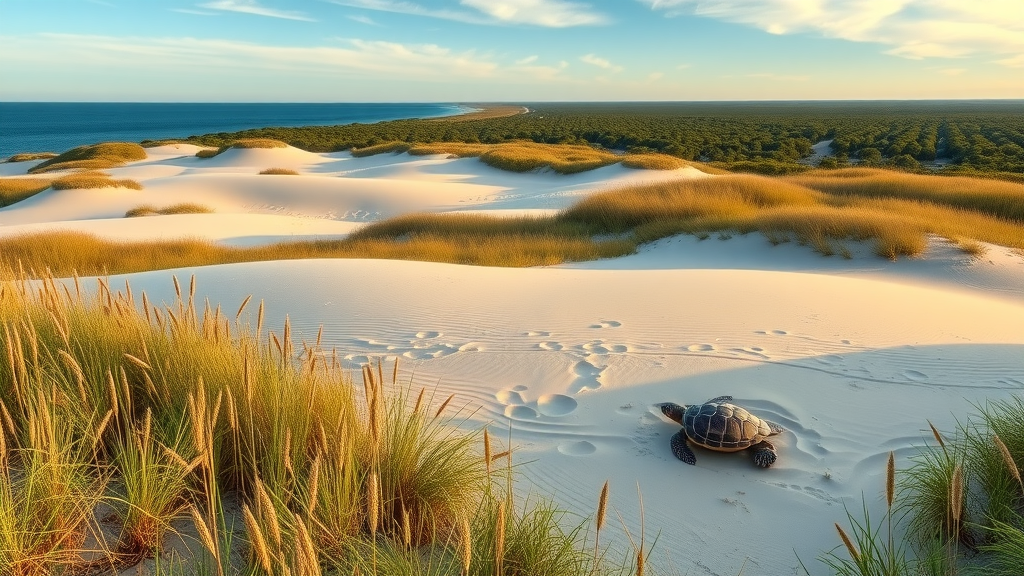
Bon Secour—French for “safe harbor”—is more than a name. It captures the essence of what the refuge represents not just for native wildlife, but also for resource conservation on Alabama’s transitioning coastline. Spanning approximately 7,000 acres, Bon Secour National Wildlife Refuge preserves a patchwork of habitats: shifting beach dunes, complex maritime forests, lush wetlands, and rolling woodlands. This variety isn’t just scenic; it creates a lifeline for creatures who might not survive without these diverse environments. Neotropical migratory songbirds rely on Bon Secour as a critical stopover during their arduous spring and fall migrations. Here they can rest, refuel, and regain the energy needed for journeys that span continents.
The threats to these habitats are real and growing. As the Gulf Coast continues to develop, undisturbed wild places are vanishing at an alarming rate. Each year, habitats suitable for threatened and endangered species—like the Alabama beach mouse or the Kemp's ridley sea turtle—are lost. Those who overlook the importance of conservation risk more than the disappearance of birds or scenic landscapes; they risk the unraveling of entire ecosystems and the loss of opportunities for future generations to experience true wilderness. By understanding the purpose and complexity of places like Bon Secour National Wildlife Refuge, visitors become advocates for one of the last sanctuaries of its kind.
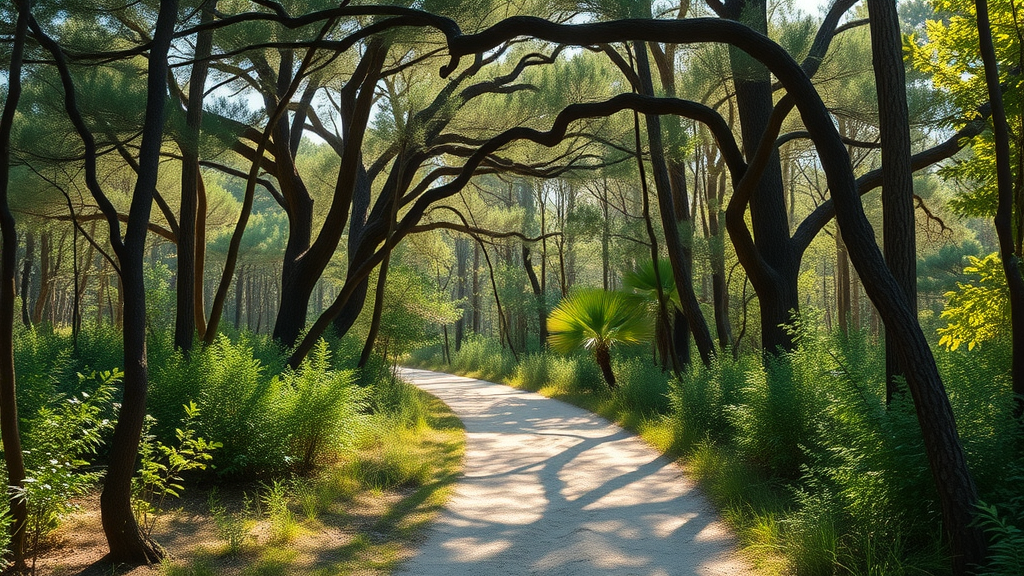
How Bon Secour’s Wild Spaces Offer Real Benefits for People and Wildlife Alike
As a recognized expert in habitat preservation and wildlife stewardship, Bon Secour National Wildlife Refuge demonstrates the many ways wild spaces can enrich both human and ecological communities. For outdoor enthusiasts, the refuge offers accessible hiking trails ranging from easy walks beneath shaded canopies to more demanding treks across sunlit sand. These journeys reward visitors with sightings of unique flora and fauna native to Alabama’s Gulf Coast—species that are increasingly rare elsewhere. Whether you are drawn by world-class birdwatching, peaceful strolls through undisturbed habitat, or the challenge of reaching a secluded shoreline, Bon Secour connects people directly with nature’s restorative power.
Through carefully managed conservation practices, the refuge sustains not just the wildlife, but a sense of wonder and connection for all who visit. Trail experiences are designed to be immersive, enabling visitors to witness crucial ecological processes, such as songbird migration or sea turtle nesting. These firsthand encounters foster a new understanding of the impact humans have on these environments—and how mindful stewardship can make a difference. By providing opportunities for community involvement, education, and hands-on conservation, Bon Secour National Wildlife Refuge empowers everyone to become part of the solution.
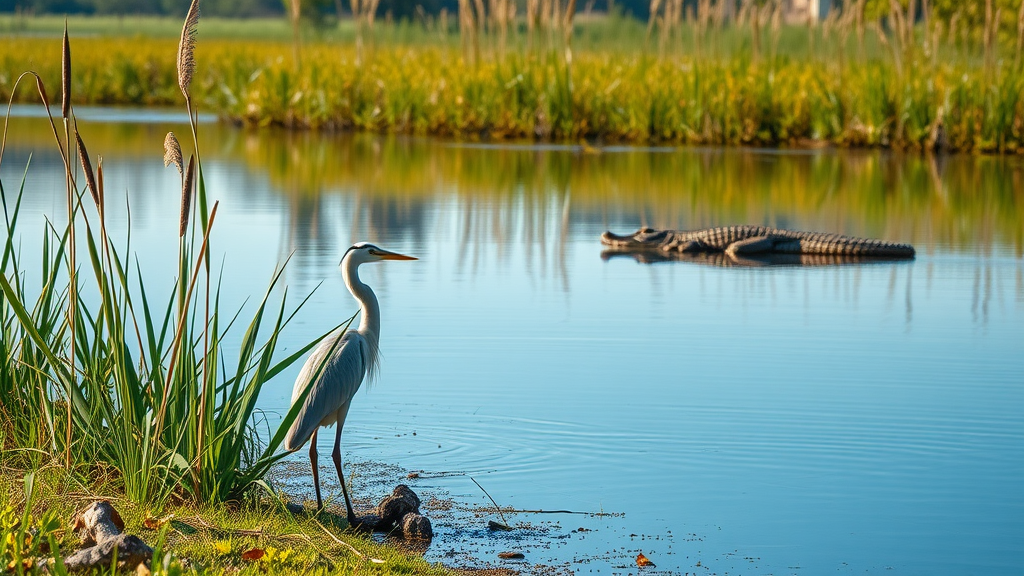
From Dunes to Woodlands: Exploring Bon Secour’s Diverse Habitats
One feature that sets Bon Secour National Wildlife Refuge apart is the incredible diversity of its landscapes. Visitors can traverse ever-changing beach dunes, where sea oats sway in Gulf breezes and rare turtles return to nest. Just steps away, maritime forests rich with oaks and pines offer cool shade, nesting sites for songbirds, and an array of plant life. Wetlands and freshwater lagoons like Gator Lake support a wealth of wading birds, amphibians, and aquatic species. This complex mosaic allows the refuge to support a broad spectrum of life—each habitat playing a unique role in the survival of its inhabitants.
These environments are not only critical for wildlife, but they also offer immersive learning experiences for visitors. Observation towers, like those overlooking Gator Lake and Little Lagoon, provide unforgettable views and the chance to spot everything from herons and egrets to playful otters and alligators. The synergy of landscape and wildlife draws visitors into a deeper relationship with nature, encouraging stewardship and respect for the delicate systems at work all around them.
Protecting Endangered Species: A Legacy and a Responsibility
Established in 1980 by an act of Congress, Bon Secour National Wildlife Refuge was created to safeguard habitats for neotropical migratory songbirds as well as threatened and endangered species. Notably, the refuge is a vital nesting ground for Kemp’s ridley, green, and loggerhead sea turtles—species whose survival hangs in the balance due to habitat loss and environmental threats. The Alabama beach mouse, another inhabitant of the refuge’s dunes, is a rare mammal clinging to life in one of its final strongholds.
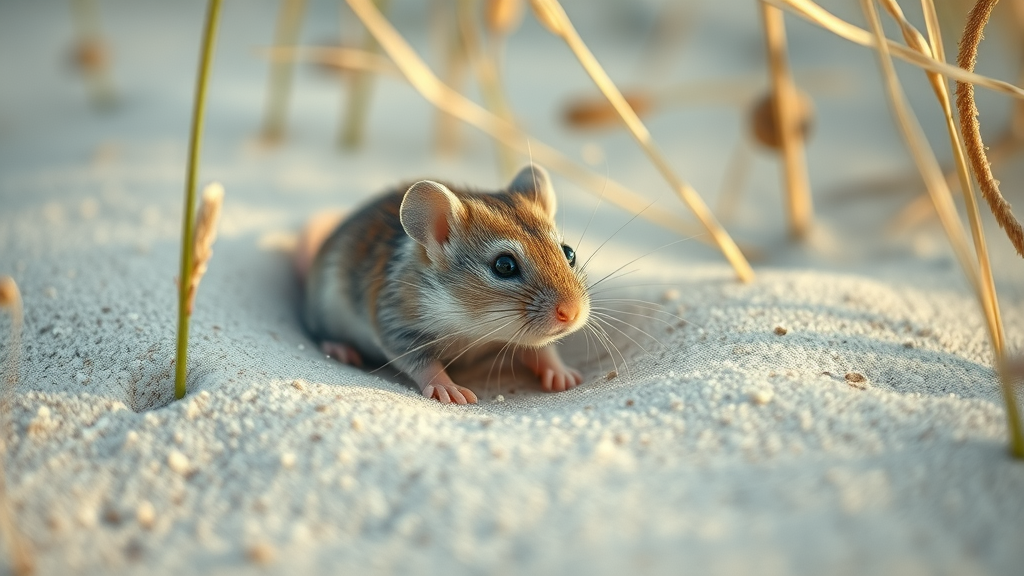
Preserving these species is more than an act of environmental conservation; it is an affirmation of interdependence, where healthy natural systems benefit everyone. Visitors to Bon Secour have the unique opportunity to witness conservation efforts firsthand and understand their importance on both a micro and macro level. Each protected nest, restored dune, and thriving population tells a story of hope—a reminder that positive action is possible even in the face of daunting challenges.
The Role of Community and Volunteers: How Everyone Can Make a Difference
Conservation at Bon Secour National Wildlife Refuge is not a solitary pursuit; it is a collective effort that draws on the passion and dedication of local residents, volunteers, youth groups, and visitors from around the country. The refuge is a living classroom, where community engagement has a lasting impact not just on the land, but on the hearts and minds of those who participate. Educational programs, citizen science opportunities, and volunteer projects ensure that everyone can take part in preserving Alabama’s natural heritage.
Through these shared efforts, Bon Secour exemplifies a powerful model of conservation partnership, bridging the gap between wildlands and the communities that depend on them. This ongoing dialogue between people and place reinforces the idea that everyone is responsible for the future of the region’s unique ecology.
Conservation at the Core: The Refuge’s Mission and Approach
At its heart, Bon Secour National Wildlife Refuge is dedicated to the conservation and restoration of America’s coastal environments. Managed by the U.S. Fish & Wildlife Service, the refuge embodies the belief that wildlife conservation is not only essential to the survival of imperiled species, but also instrumental in preserving opportunities for future generations. Every initiative—from habitat restoration to public education programs—is guided by best practices in modern wildlife management, ensuring that both natural resources and recreational opportunities remain balanced and sustainable.
The philosophy behind the refuge emphasizes coexistence; it envisions a world in which thriving communities and thriving ecosystems are not mutually exclusive. By protecting crucial stopover sites for migratory songbirds and nesting beaches for sea turtles, Bon Secour provides a sanctuary for biodiversity, a living laboratory for research, and a source of inspiration for visitors and residents alike. This innovative approach shapes both present outcomes and the future of conservation policy on a regional and national scale.
What Visitors Share: Trails, Wildlife, and Unexpected Rewards
The real impact of Bon Secour National Wildlife Refuge can often be measured through the eyes of those who explore its trails and observe its wildlife up close. Nature lovers return year after year, each visit reinforcing the refuge’s value as a place of discovery, peace, and ecological importance. One visitor describes an easy mile-long hike to a lookout with spectacular views, shaded paths, and the reward of a refreshing dip at a remote beach after traversing challenging sand.
I love this place. I will return every time I'm in the area. Don't sleep on it, the mile hike to the look out is easy with the most beautiful view, lots of shade and an outhouse. If you want more challenging keep going to make it to the secluded beach and difficult sand terrain hiking in the sun, but worth it and makes that dip in the water so refreshing!
Success at Bon Secour isn’t just about conservation victories; it’s about creating memories, insights, and newfound appreciation for the wild places that linger at the edge of development. The joy and satisfaction expressed by visitors suggest that investing time in the refuge offers not only physical and mental refreshment, but also a deeper connection to the land—and a greater willingness to help protect it for the next adventurer.
Redefining Alabama’s Coast: Why Bon Secour National Wildlife Refuge Matters Now More Than Ever
Bon Secour National Wildlife Refuge stands as a testament to the power and necessity of preserving wild places long after the march of progress. For locals, tourists, and future generations, it represents a living classroom, a sanctuary for threatened species, and a source of inspiration. In protecting Bon Secour, conservationists and visitors alike are staking a claim for Alabama’s natural future, ensuring that beauty, biodiversity, and opportunity remain after the crowds have gone home.
The refuge’s careful stewardship by dedicated professionals ensures the ongoing survival of rare wildlife and habitats, while also providing an irreplaceable experience for everyone who walks its trails. For those seeking a deeper connection to nature—or simply a respite from the everyday—exploring Bon Secour National Wildlife Refuge is both a privilege and a responsibility. In the end, its hidden wonders are as much a promise for tomorrow as they are a marvel today.
Contact the Experts at Bon Secour National Wildlife Refuge
If you’d like to learn more about how Bon Secour National Wildlife Refuge could benefit your experience with Alabama’s coastal habitats, contact the team at Bon Secour National Wildlife Refuge.
📍 Address: 12295 AL-180, Gulf Shores, AL 36542, USA
📞 Phone: +1 251-540-7720
🌐 Website: https://www.fws.gov/refuge/Bon_Secour/
Bon Secour National Wildlife Refuge Location and Hours
🕒 Hours of Operation:
📅 Monday: 9:00 AM – 1:00 PM
📅 Tuesday: 9:00 AM – 1:00 PM
📅 Wednesday: 9:00 AM – 1:00 PM
📅 Thursday: 9:00 AM – 1:00 PM
📅 Friday: 9:00 AM – 1:00 PM
📅 Saturday: ❌ Closed
📅 Sunday: ❌ Closed
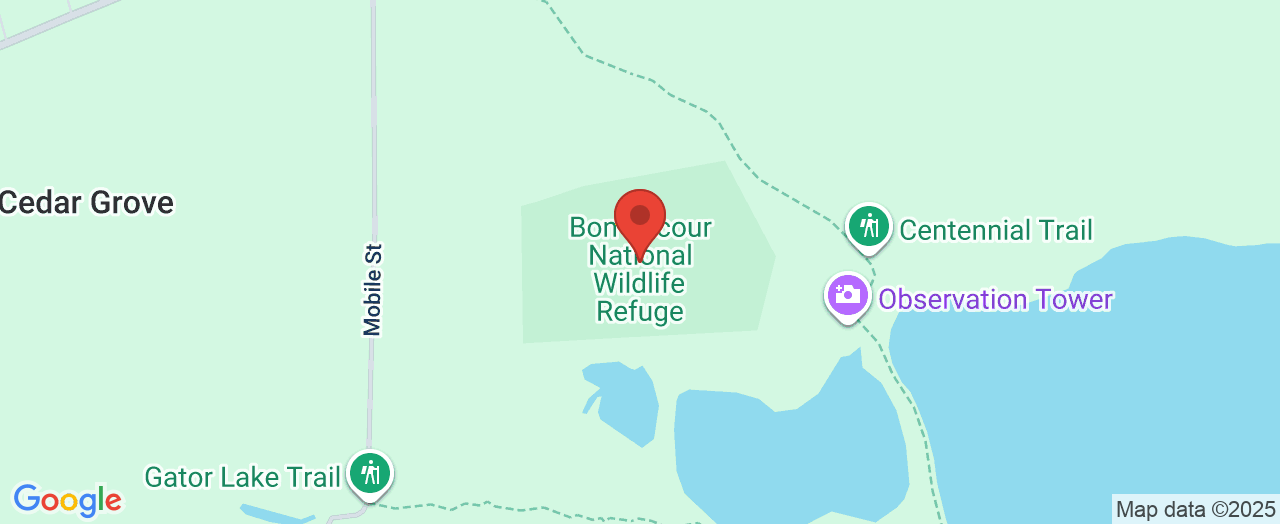
 Add Row
Add Row  Add
Add 





Write A Comment